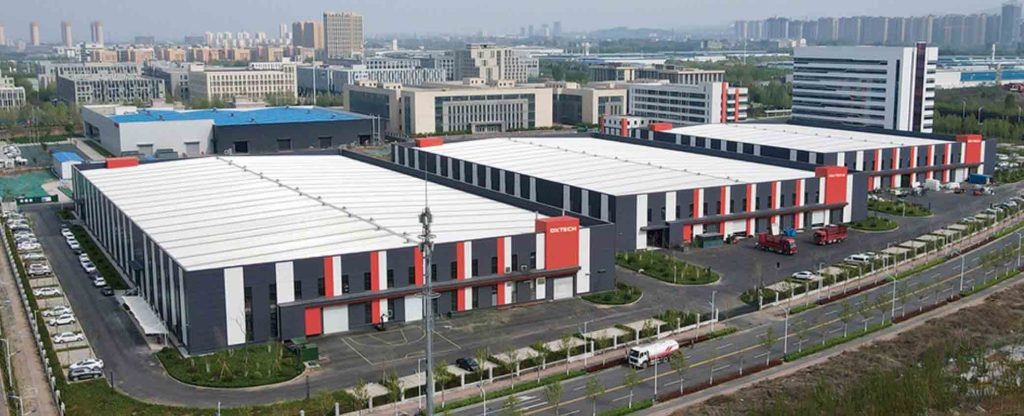
Refers to the practices and precautions put in place to prevent injury or harm to individuals, equipment, and the environment from exposure to laser radiation.
There are different classes of lasers, and each has its own safety requirements. It is important to ensure that lasers are only used by trained and authorized personnel and that the required safety measures are in place.
Protective equipment such as safety glasses, curtains, and shields can be used to minimize the risk of injury from direct exposure to laser radiation. It is also important to ensure that lasers are stored, transported, and maintained in a secure and safe manner.
In summary, laser safety should be taken seriously, and proper measures should be implemented to ensure the safety of all individuals and equipment in the vicinity of laser use.

are a serious concern and can cause significant damage to the eyes. Laser beams used in various applications can damage the retina and cause blindness. This can occur when the laser beam is directed accidentally or intentionally toward the eye and when the output power of the laser is high.
Laser eye hazards can be caused by a variety of factors, including the type of laser, the duration of exposure, and the distance from the eye. The risk of injury is also influenced by several environmental factors such as reflective surfaces, atmospheric moisture, and dust or debris in the air.
To avoid laser eye hazards, it is crucial to use protective eyewear designed to filter the wavelength of the laser beams. Additionally, training and education on laser safety can help individuals understand and adopt best practices when working with lasers. It is important to follow proper procedures to minimize the risk of harm to the eyes.
Our main products are industrial metal laser cutting machines. Besides, we can provide users with fiber laser cutters, co2 laser engraving machines, laser marking machines as well as CNC routers.


© Copyright 2023 GBLCNC All rights reserved